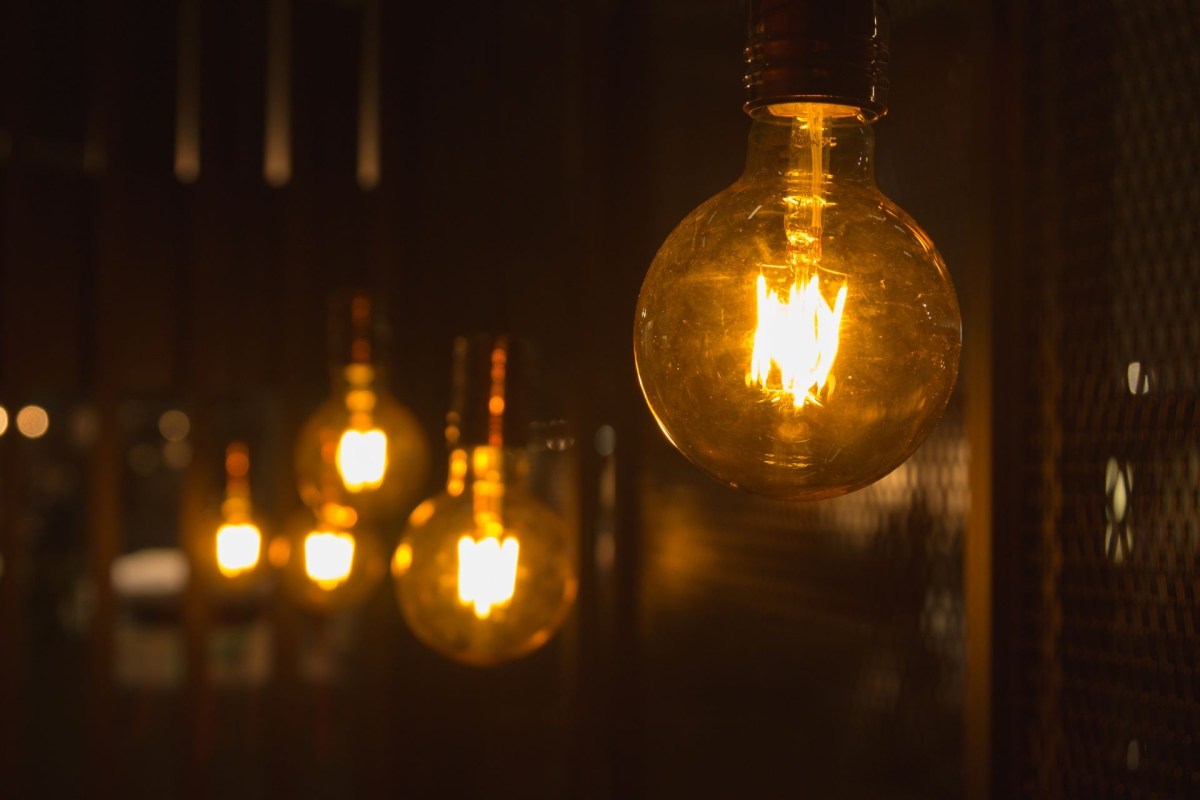Incandescent bulbs have finally burned out for good in the U.S., as the Department of Energy effectively banned the sale of most of these inefficient lighting options. The ban, which is more accurately called a new efficiency standard, went into effect in August.
The department finalized rules last year that require manufacturers to sell energy-efficient light bulbs like compact fluorescent lightbulbs (CFLs) as well as light-emitting diode bulbs (LEDs) that last up to 25 times longer than incandescents. The ban does not apply to all incandescent light bulbs but will target the ones most commonly used in homes and that are not energy-efficient. Manufacturers who violate the ban could be fined up to $542 per light bulb, according to The Hill.
The DOE claims that the move will save Americans almost $3 billion a year. Already, LED lights are saving people and businesses cash, though. According to The Hill, the Blend Astoria restaurant in Queens, New York, has cut energy costs by installing retrofitted LED lights.
LED bulbs are also safer. Incandescent bulbs generate heat, as they contain filaments that warm up and burn out. On the other hand, LEDs stay cool to the touch, posing less of a fire and burn hazard.
The use of energy-efficient lighting options also will help to drastically reduce energy use, thereby slashing the amount of harmful air pollutants and planet-warming emissions that come with it.
The DOE reports that LED bulbs provide more light than traditional ones while using 75% less energy. Shockingly, only 2-3% of the electricity powering an incandescent light bulb is converted to visible light, assistant professor of civil and environmental engineering at Northeastern University Matthew J. Eckelman told Popular Science.
And incandescent bulbs account for a lot of air pollution. According to Popular Science, if every home in the United States replaced just one incandescent light bulb with a CFL, it would be like taking 800,000 cars off the road. LEDs are even more energy efficient than CFLs, so their use could have an even larger impact.
"This matters because 60% of the electricity in the U.S. is still generated from fossil fuels, with their attendant emissions of greenhouse gasses and harmful air pollutants, such as particulate matter," Eckelman told Popular Science. "Air pollution from the energy system causes one in five deaths worldwide, but reducing demand for electricity through energy efficiency helps to lessen this health burden."
Gary Straus, the owner of Straus Paint & Hardware in Queens, New York, told The Hill that his business had been preparing for the shift away from incandescent light bulbs for some time and that his store's shelves were stocked with "almost every shape, size, and lumens of LED lights imaginable."
"It will save energy and it will be cheaper in the long run," he added.
Join our free newsletter for cool news and actionable info that makes it easy to help yourself while helping the planet.









